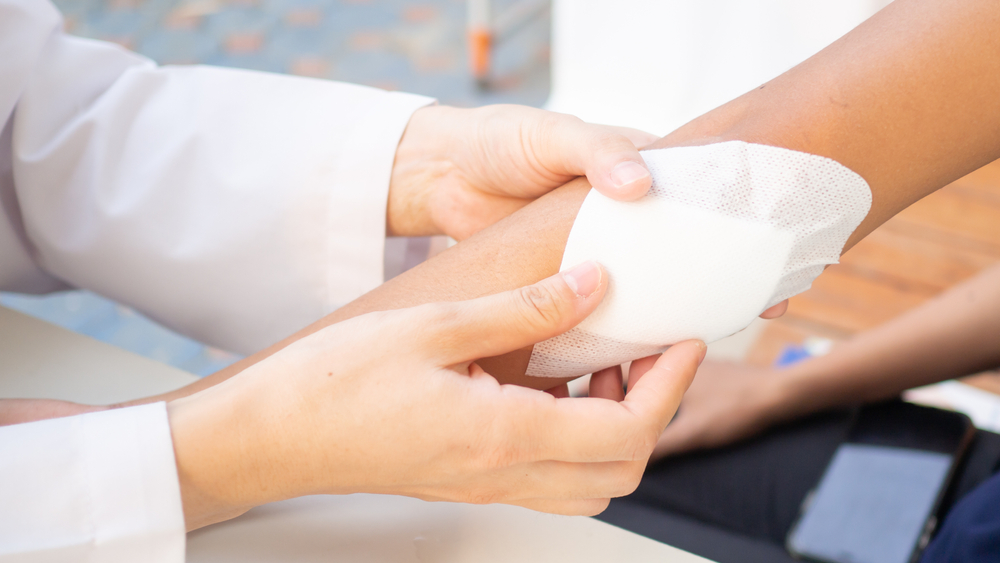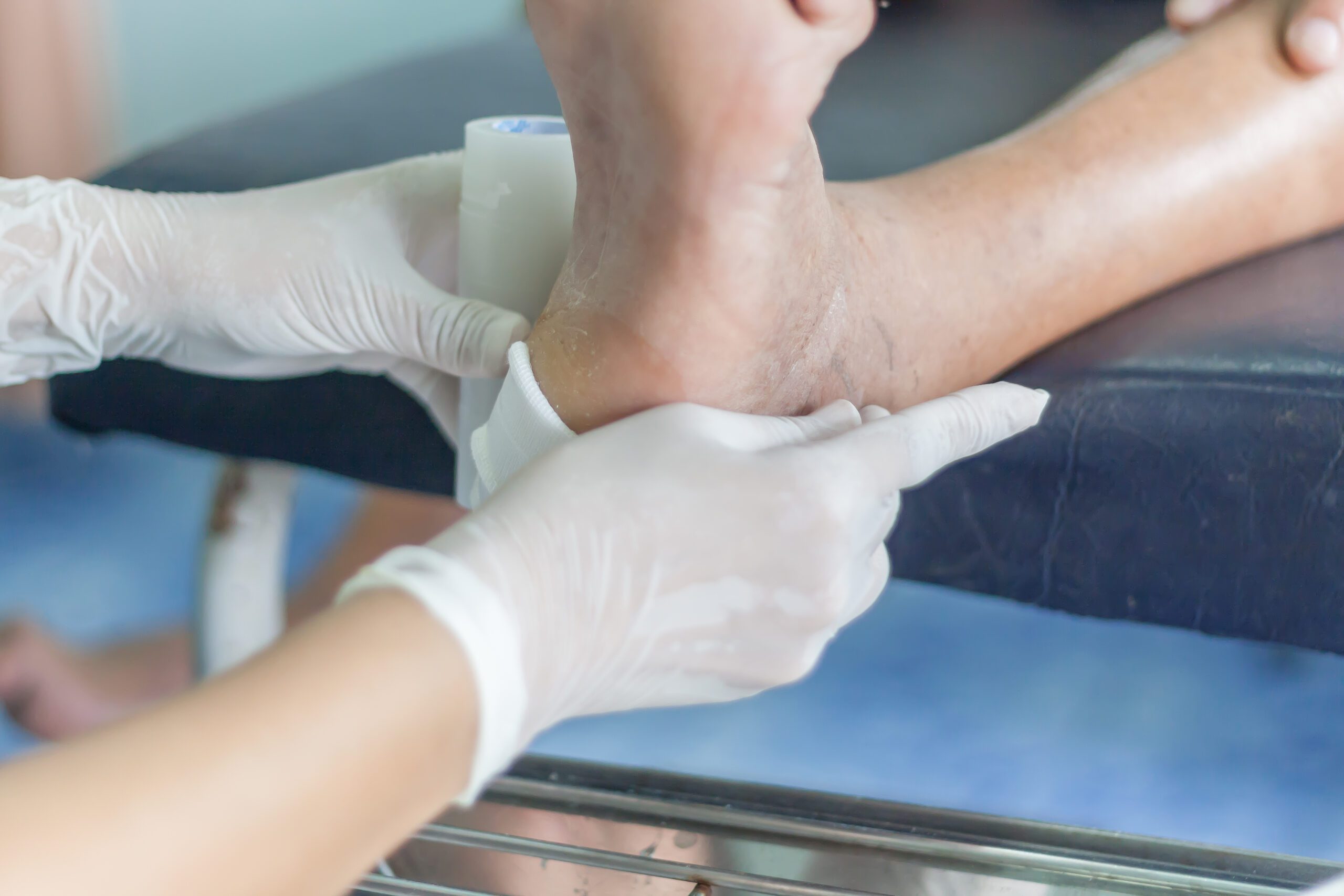Trauma Wound
Trauma Wound
Find trauma wound care and therapy with the experts at Innovative Wound Care Specialists.
Trauma Wounds FAQs
Can a Trauma Wound Turn Into a Non-Healing Wound?
If a trauma wound is not properly healed or treated, then it can turn into a non-healing wound. Non-healing wounds, also known as chronic wounds, happen when a wound lacks proper blood circulation, often infected, and repeated injury to the wound.
How Many Treatments are Needed to Heal a Trauma Wound?
The number of treatment sessions needed to properly heal a trauma wound will vary, depending on the type of wound and which treatment it requires. In some cases of trauma wounds, surgery may be also needed during the treatment process. Whereas minor cuts or tears may only require proper cleaning and dressing.
How Long Does it Take for a Trauma Wound to Heal?
The amount of time needed for a trauma wound to properly heal will depend on the severity and impact of the wound. For a general idea of a healing timeline of a trauma wound, it can take anywhere from a few weeks to a few months to fully heal.
Do Trauma Wounds Always Leave Scars?
Scarring from a trauma wound is not always guaranteed. A scar will only appear on the skin depending on how deep the wound was, if it was properly healed, and where on the body the wound was.
Can I Treat a Trauma Wound at Home?
Major trauma wounds should not be treated at home. Accidents or injuries that result in serious damage to the skin should receive medical attention for proper treatment.





